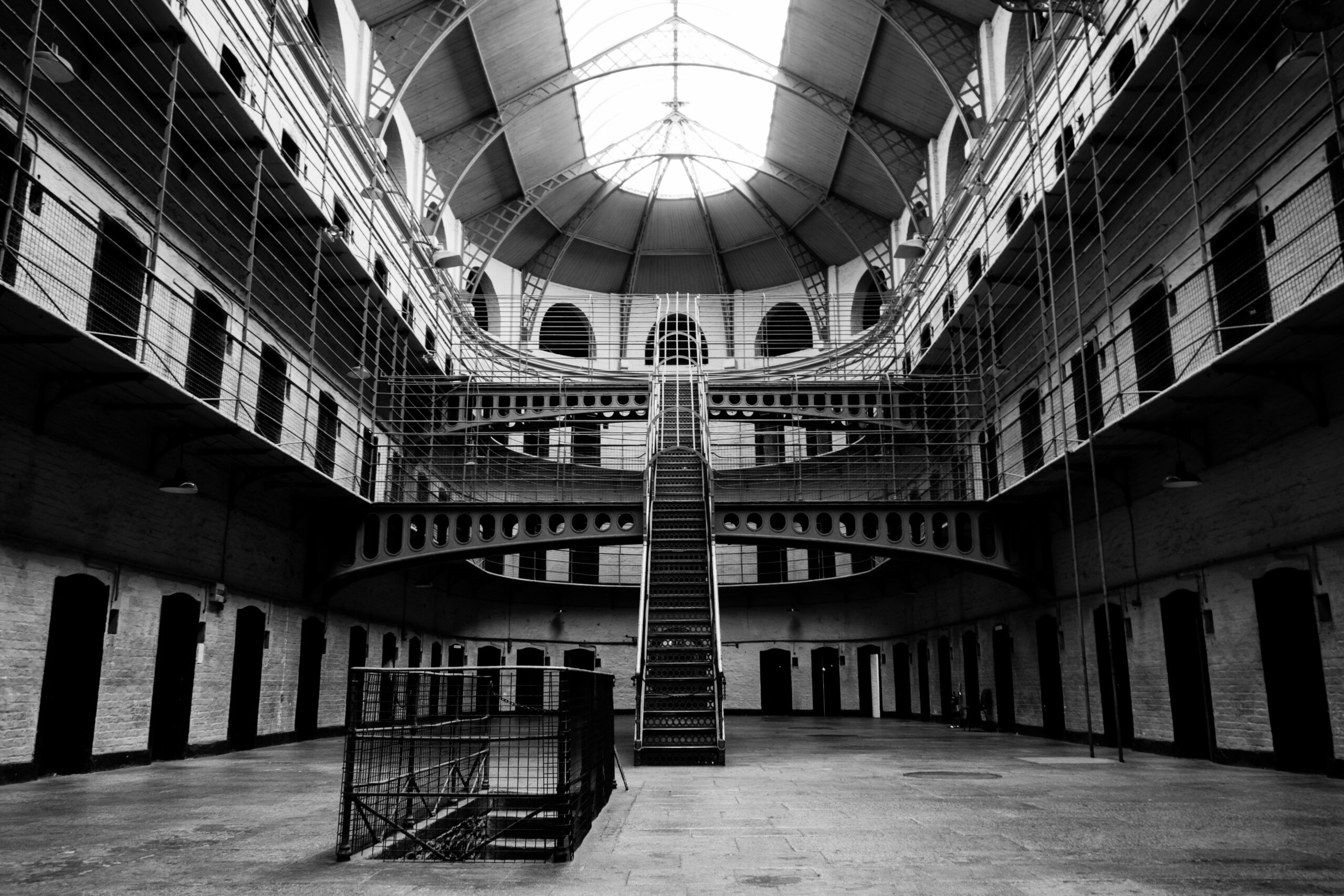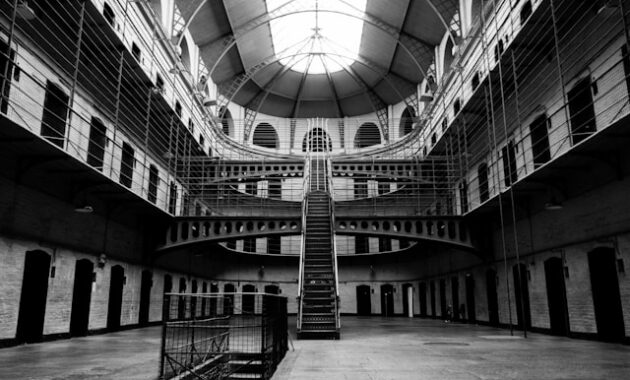
Ireland, often referred to as the “Emerald Isle,” is a land steeped in history, mythology, and natural beauty. With its lush green landscapes and storied past, Ireland offers a treasure trove of historical sites that captivate visitors from around the world. Let us take you on a journey to explore some of the most fascinating historical locations in Ireland that embody its rich cultural heritage and vibrant history.
1. Brú na Bóinne – A Portal to Ireland’s Ancient Past
The Brú na Bóinne complex, located in County Meath, is one of the most significant prehistoric sites in Europe. This UNESCO World Heritage Site is home to the renowned passage tombs of Newgrange, Knowth, and Dowth, which date back over 5,000 years.
- Newgrange: A masterpiece of Neolithic engineering, Newgrange predates the Egyptian pyramids. Its intricate stone carvings and perfectly aligned structure are a marvel, particularly during the winter solstice when sunlight illuminates the inner chamber.
- Knowth: Known for its collection of megalithic art, Knowth boasts two passage tombs surrounded by smaller satellite tombs. The detailed carvings provide insights into Ireland’s ancient culture.
2. The Cliffs of Moher and O’Brien’s Tower
While the Cliffs of Moher are famous for their dramatic vistas, they also have historical significance. O’Brien’s Tower, built in 1835 by Cornelius O’Brien, serves as a reminder of Ireland’s Victorian-era tourism. The cliffs themselves have been a silent witness to centuries of maritime history and local folklore.
3. The Rock of Cashel – Ireland’s Medieval Jewel
The Rock of Cashel, located in County Tipperary, is a stunning example of medieval architecture. Once the seat of the Kings of Munster, this site includes:
- Cormac’s Chapel: A remarkable piece of Romanesque architecture.
- The Round Tower: An iconic structure that dominates the site.
- The Cathedral: A Gothic masterpiece that has stood the test of time.
The Rock of Cashel is also intertwined with Saint Patrick’s legacy, making it a pivotal location in Ireland’s spiritual history.
4. Glendalough – The Valley of the Two Lakes
Nestled in County Wicklow, Glendalough is a monastic settlement founded by Saint Kevin in the 6th century. Surrounded by serene lakes and lush forests, this site is home to:
- The Round Tower: A well-preserved example of early Irish Christianity.
- The Monastic City: Featuring churches, crosses, and ancient graves.
- Scenic Trails: The surrounding landscape offers picturesque hiking trails that allow visitors to connect with Ireland’s natural beauty.
5. Kilmainham Gaol – A Symbol of Irish Independence

Kilmainham Gaol in Dublin is more than just a historical site; it is a poignant symbol of Ireland’s struggle for independence. Built in 1796, this former prison housed many key figures of the Irish revolutionary movement, including:
- Leaders of the 1916 Easter Rising.
- Prominent political prisoners throughout Irish history.
A visit to Kilmainham Gaol provides a profound understanding of Ireland’s fight for freedom and the sacrifices made by its people.
6. Dún Aonghasa – The Fortress on the Edge
Situated on Inishmór, one of the Aran Islands, Dún Aonghasa is a prehistoric fort that offers breathtaking views of the Atlantic Ocean. This semi-circular stone fort, perched on a cliff edge, dates back to 1100 BC and is believed to have served both defensive and ceremonial purposes. Its strategic location and sophisticated design highlight the ingenuity of Ireland’s ancient inhabitants.
7. The Giant’s Causeway – A Natural and Mythical Wonder
Located in County Antrim, the Giant’s Causeway is a geological marvel and a place of mythological significance. Legend has it that the basalt columns were created by the giant Finn MacCool to bridge the gap between Ireland and Scotland. This UNESCO World Heritage Site is an essential stop for those seeking a blend of natural wonder and cultural lore.
8. Blarney Castle and the Blarney Stone
In County Cork, Blarney Castle is renowned for the Blarney Stone, a legendary relic that is said to bestow the gift of eloquence upon those who kiss it. Beyond the stone, the castle offers:
- Lush Gardens: Spanning 60 acres, featuring tranquil walks and mystical rock formations.
- Historical Significance: A stronghold with a history that dates back to the 15th century.
9. Dublin Castle – A Hub of Irish History
As one of Dublin’s most iconic landmarks, Dublin Castle has played a central role in Ireland’s political and social history. Originally a Viking settlement, the castle evolved into a symbol of British rule and later became a venue for Ireland’s state functions. Key features include:
- The State Apartments: Lavishly decorated rooms used for official ceremonies.
- The Chapel Royal: An exquisite example of Gothic Revival architecture.
- The Record Tower: The last surviving medieval tower.
10. The Hill of Tara – The Seat of Ancient Kings
The Hill of Tara, located in County Meath, is a mystical site that once served as the political and spiritual center of ancient Ireland. It was the seat of the High Kings of Ireland and remains a place of deep cultural and archaeological significance. Key features include:
- The Stone of Destiny (Lia Fáil): A coronation stone associated with Irish mythology.
- Ancient Earthworks: Circular enclosures and burial mounds that hint at its ceremonial past.
Exploring Ireland’s historical sites is a journey through time, offering a window into the lives, beliefs, and achievements of those who came before us. Each site holds its own story, waiting to be discovered by those who tread its grounds.